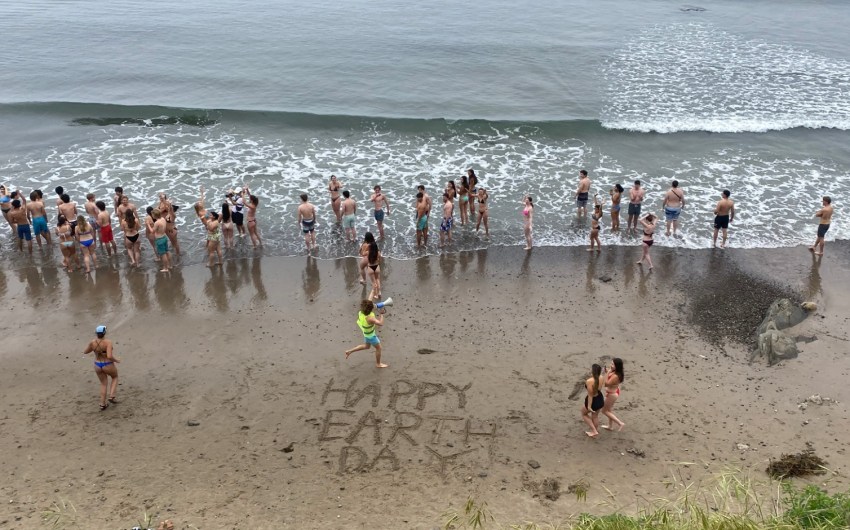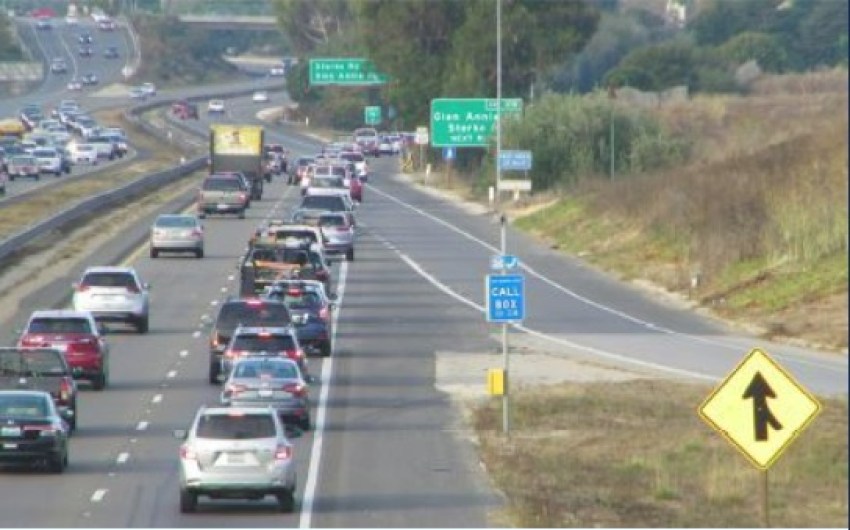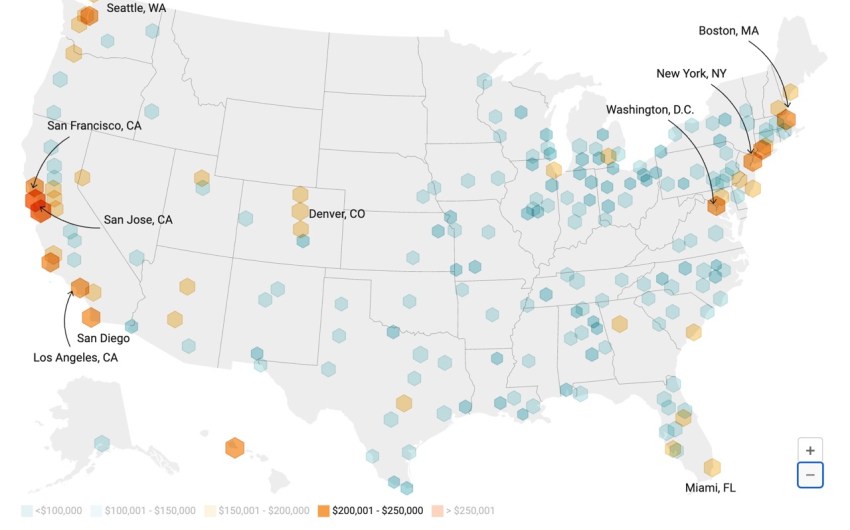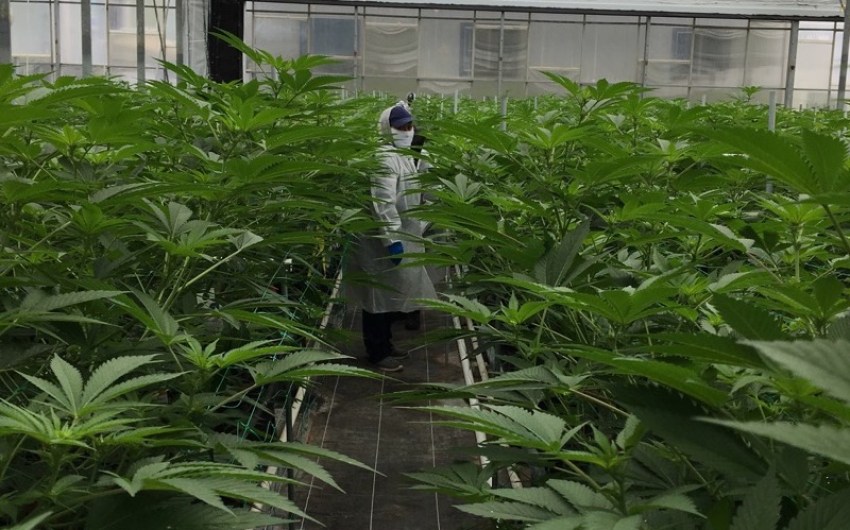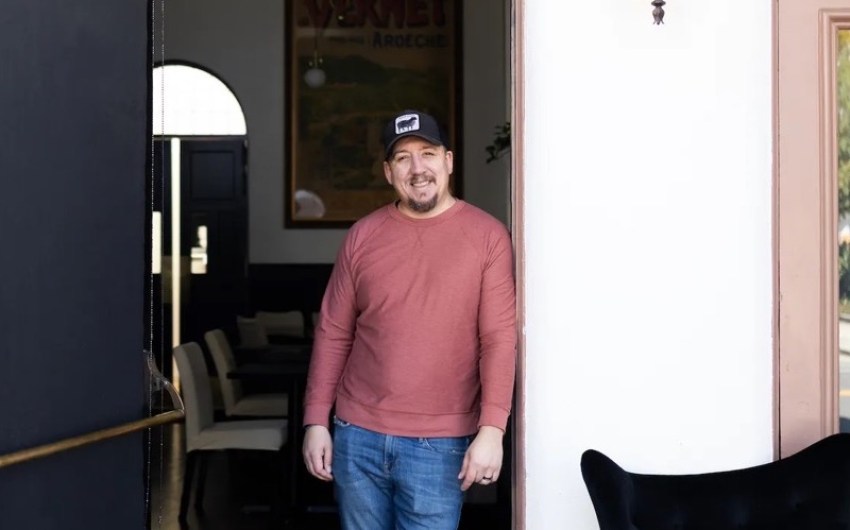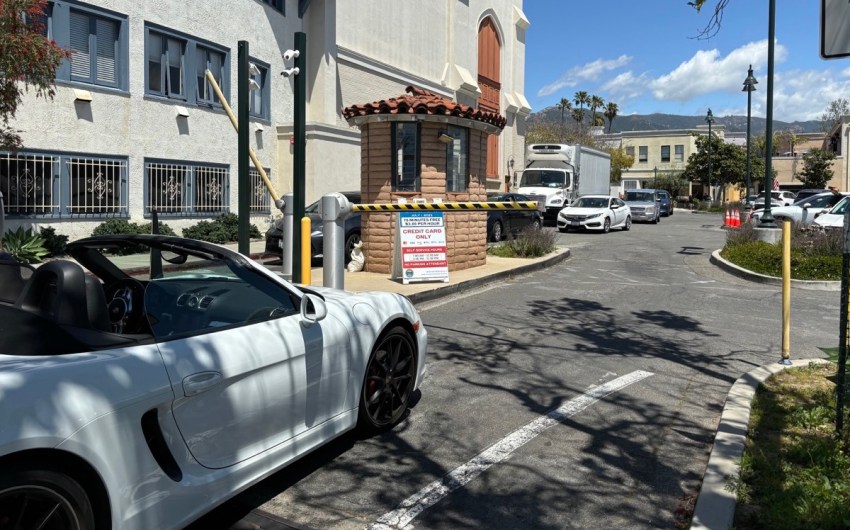Santa Barbara Environmental Groups Look to Expand California’s Proposed Fracking Ban
Environmental Defense Center, Sierra Club Push to Add Widespread Steam Injection and Flooding Methods to State’s Proposal
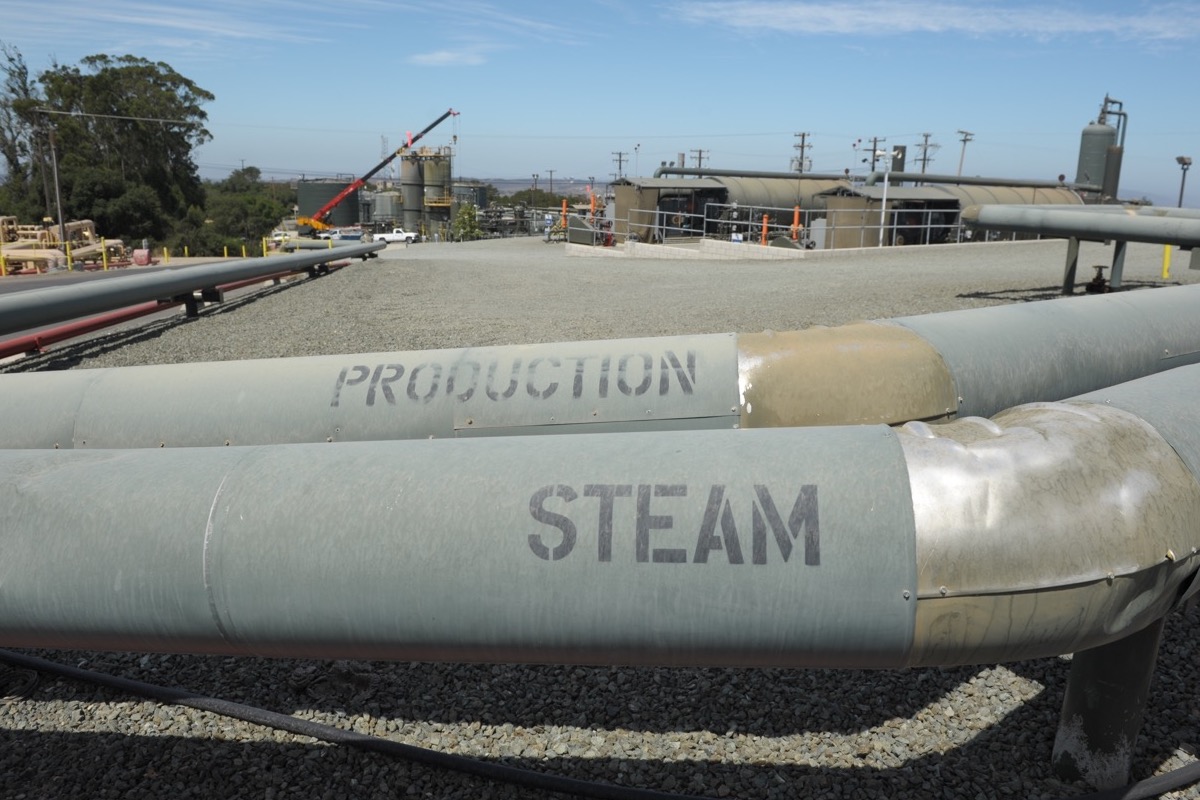
In 2021, California Governor Gavin Newsom halted new permits for fracking, saying that the state “needs to move beyond oil” and leave the practice in the past. Now, three years later, a formal plan to ban fracking statewide is in place, released by the Department of Conservation’s Geologic Energy Management Division (CalGEM) in February.
Ending oil production in Santa Barbara County, however, will not be so simple.
CalGEM’s plan involves ceasing the approval of all permit applications (including renewals) for well-stimulation treatments, such as fracking, that involve pumping fluid into the well.
The goal, CalGEM says, is to “prevent damage to life, health, property, and natural resources,” as well as mitigate greenhouse gas emissions, as fracking is a known polluter of groundwater and the air.
But there is a gnawing flaw in the ban-plan: It does not include steam injection methods for oil extraction, which is happening in Santa Barbara County. For clarity’s sake, there is absolutely zero fracking, which is different and involves liquids, occurring in our neck of the woods.
However, steam injection — involving vapor that heats and loosens up the oil — is, in some ways, worse. And according to Katie Davis, the chair of the Santa Barbara–Ventura chapter of the Sierra Club, 100 percent of the onshore projects proposed in Santa Barbara County over the past decade have been steam injection projects.
“Those have the same kinds of risks and impacts as fracking,” Davis said. However, she added, “they are more energy-intensive with higher emissions.… Cyclic steaming is harder to stop precisely because it is more used in California.”
These methods were included in a 2021 bill introduced by state senators Monique Limón (D-Santa Barbara) and Scott Wiener (D-San Francisco), which would have halted permits for fracking, acid well treatments, cyclic steaming, and water and steam flooding starting in 2022, and then prohibited those extraction methods entirely in 2027.
But thanks to the oil lobby, that bill was shot down. What they ended up passing was just some modest health and safety buffers via Senate Bill 1137. Even then, “The oil and gas industry got enough signatures to put it on the 2024 ballot, so we’ll see in November if these buffers will ever be implemented,” Davis explained.
On March 26, CalGEM is holding a public hearing on its formal fracking phase-out plan. In attendance will be the Santa Barbara–based Environmental Defense Center (EDC) — the driving force behind prohibiting offshore fracking in California waters.
On shore, they want to see steam injection and flooding methods banned in addition to fracking.
“We think it’s a great rule with great regulation, but we’re going to ask them to expand it,” said Linda Krop, chief counsel of the EDC. “Because otherwise, it’s not going to have as much of an effect here.”
However, Krop expects a fight from the oil industry. No new fracking permits have been approved since 2021. But oil and gas representatives think CalGEM is punching above its weight, and that a ban on fracking should instead come from the Legislature, not a state agency. They say fracking has been done safely for years under state regulation and a complete ban could mean higher costs for consumers.
In a 2021 interview with the Independent, Kevin Slagle of the Western States Petroleum Association said he believed the ban was the wrong approach. “When they say we want to eliminate your industry, they’re saying we don’t need you as part of the solution,” he added.
CalGEM’s plan, called the “Well Stimulation Permitting Phase Out” regulation, is currently in its 45-day public comment period that ends on March 27, 2024.
The public can comment on the proposal until 11:50 p.m. on March 27. Comments can be submitted by email to calgemregulations@conservation.ca.gov or by mail to the Department of Conservation, 715 P Street, MS 19-07 Sacramento, CA 95814, ATTN: Well Stimulation Permitting Phase-Out.
A public hearing will be held at 5:30 p.m. on March 26. You can register here.



